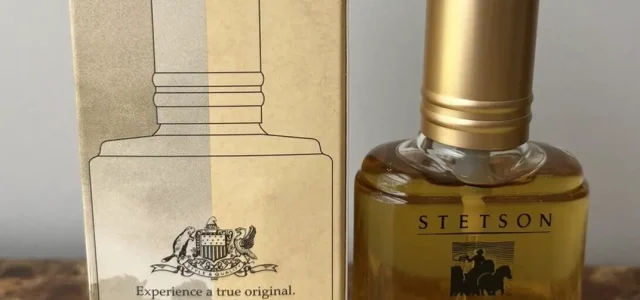Alcohol is often used in various products and industries due to its ability to quickly evaporate, leaving little to no residue. However, one common concern that arises is whether alcohol remains flammable after it dries. In this article, we will explore this topic and provide you with the answers you seek.
The Flammability of Alcohol
Alcohol, such as ethanol or isopropyl alcohol, is highly flammable in its liquid state. It has a low boiling point, allowing it to vaporize easily when exposed to air. This vapor can ignite when in contact with a heat source or an open flame, leading to a fire hazard.
However, once alcohol fully evaporates and dries, its flammability diminishes significantly.
The Science Behind Alcohol Evaporation
Understanding the science behind alcohol evaporation can shed light on the flammability issue. When alcohol is exposed to air, its molecules gain energy and move more rapidly, breaking free from the liquid surface and entering the gaseous state. This process is known as evaporation.
As the alcohol molecules escape into the air, the liquid alcohol gets thinner and eventually dries out, leaving behind little to no liquid residue. During this evaporation process, the concentration of alcohol vapors in the air increases, which is what allows it to ignite.

Credit: www.amazon.com
Flammability After Drying
Once alcohol completely evaporates, any remaining residue is too minimal to pose a significant fire risk. The thin layer left behind after drying typically does not contain enough alcohol vapors to readily ignite.
However, it is important to note that some factors can affect the flammability of residual alcohol:
- Concentration: If the dried residue contains a high concentration of alcohol, it may still be flammable. This is why it is crucial to handle high-concentration alcohol products with caution.
- Ignition Source: Despite the minimal flammability of dried alcohol residue, exposure to a significant heat source or open flame can still cause ignition. Therefore, it is best to keep any potential sources of ignition away from alcohol residue.

Credit: www.facebook.com
Safety Measures
While the flammability risk of dried alcohol residue is relatively low, it is essential to take necessary safety measures to prevent any potential incidents. Here are some guidelines to follow:
| Tips | Explanation |
|---|---|
| Store alcohol properly | Keep alcohol containers tightly closed and in well-ventilated areas away from sources of ignition. |
| Handle with care | Avoid splashing or spilling alcohol to minimize the chances of residue formation. |
| Dispose of waste properly | Dispose of alcohol-soaked materials in sealed containers to prevent fire risks. |
| Keep away from heat sources | Avoid placing alcohol near heat sources, such as stoves or heaters. |
| Have fire extinguishers nearby | It is always good to be prepared for emergencies. Make sure you have a fire extinguisher in case of any mishaps. |
Frequently Asked Questions On Is Alcohol Flammable After It Dries? Discover The Truth Now!
Is Alcohol Flammable After It Dries?
Alcohol is highly flammable, even after it dries. The flammability can be attributed to the low ignition point of alcohol.
What Happens When Alcohol Evaporates?
When alcohol evaporates, it transforms from its liquid state into a vapor. It disappears as it turns into gas and mixes with the air.
Can Alcohol Catch Fire Without A Flame?
Yes, alcohol can catch fire without a visible flame. It has a low flash point, which means it can ignite easily without the need for a direct flame.
Is It Safe To Use Alcohol Near Open Flames?
Using alcohol near open flames can be dangerous. The vapors are highly flammable and can easily ignite, leading to accidents or fires.
Conclusion
In summary, while alcohol is highly flammable in its liquid state, it becomes significantly less flammable after complete evaporation and drying. The thin residue left behind generally does not contain enough alcohol vapors to easily ignite. However, caution should still be exercised, especially with high-concentration alcohol products, and proper safety measures should be observed to prevent any potential fire risks.
By understanding the science behind alcohol evaporation and following safety guidelines, you can safely handle alcohol and minimize any potential hazards.

